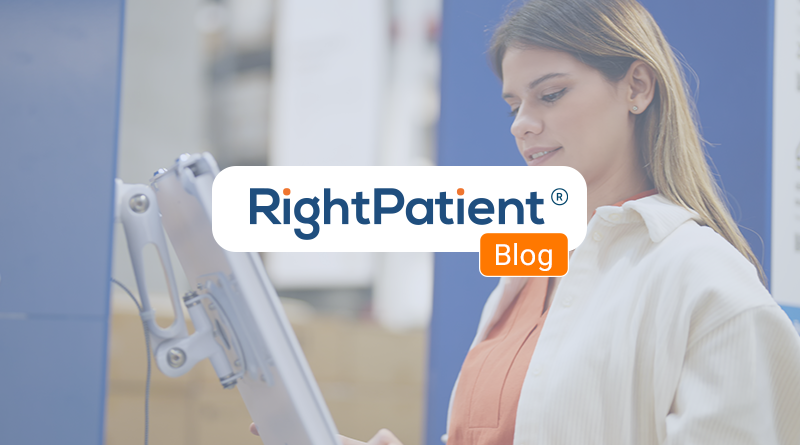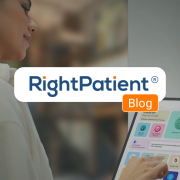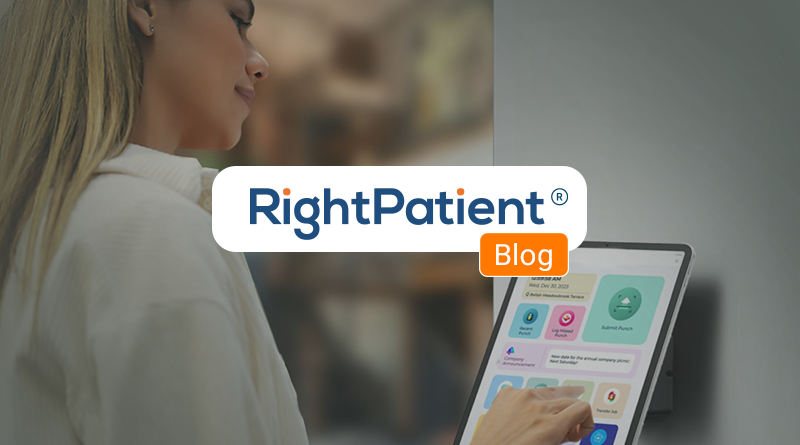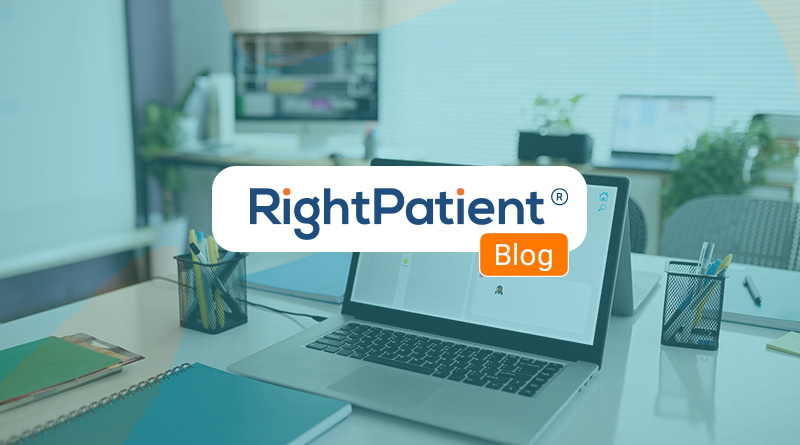Enhancing Patient Experience with Biometric Identification in Healthcare

Imagine a world where patient misidentification in healthcare is no longer a threat. A world where there are no cases of improper treatment due to misidentification, no loss of public trust in healthcare providers. This is the world that RightPatient, a pioneering provider of biometric patient identification solutions, envisions.
RightPatient’s innovative touchless biometric patient identification system guarantees accurate patient identification, diminishing wait times, and amplifying the overall patient experience. Its effortless features seamlessly blend with top-rated EHR systems, simplifying functionality and easing its acceptance. The RightPatient solution isn’t merely a product – it’s a commitment to a safer and more efficient healthcare experience for patients.
Take for instance International Health Management, a commendable NGO running healthcare initiatives in Bangladesh. They were grappling with inaccurate patient identification that led to medication mishaps, fraudulent activities, redundant patient records, and reduced convenience. The adoption of the RightPatient® biometric identification system revolutionized their operations. Paired with the M2-EasyScan™ fingerprint reader and rolled out across five locations in Bangladesh, the system catered to around 5,000 patients, offering a secure and accurate patient identification process.
The outcome was a swift, touchless solution that streamlined their patient identification process, minimized errors, and bolstered security. RightPatient®’s flexible technology accommodates a range of biometrics, from fingerprint and iris to facial and voice recognition, promising scalability and adaptability to meet both present and future needs.
Investment in biometric patient identification doesn’t just ensure that the right patient receives the correct treatment. It also considerably elevates the overall patient experience and satisfaction. It fortifies patient trust in healthcare services by offering a safe and precise identification process. Moreover, by speeding up the check-in process, it reduces wait times, resulting in heightened patient satisfaction.
To sum up, the transformative potential of biometric patient identification technology is indisputable. Incorporating such a system into their operation, healthcare providers can safeguard patient safety, boost patient trust, and enhance the overall patient experience. To learn how RightPatient is revolutionizing patient safety, book a demo today at www.rightpatient.com or connect with us at www.rightpatient.com/contact for more information or inquiries.
As of June 4, 2025, RightPatient continues to pioneer the way in patient identification, offering a reliable and efficient solution to a problem that has long plagued the healthcare industry. Despite the advances in healthcare technology, patient misidentification remains an issue, leading to devastating consequences such as duplicate medical records, and even loss of life. RightPatient’s biometric system addresses this issue head-on, providing a robust and reliable solution that not only ensures accurate patient identification but also enhances patient satisfaction by reducing wait times.
In the global healthcare landscape, patient identification errors have been a longstanding issue. These errors can lead to severe consequences, such as incorrect diagnoses, improper treatment, and even death. In addition to these dire outcomes, misidentification can lead to increased healthcare costs due to unnecessary tests and treatments. RightPatient’s biometric solution aims to eliminate these issues, providing a safe, efficient, and reliable method for patient identification.
RightPatient’s system is not just a product; it’s a commitment to patient safety and efficient healthcare. The system’s integration with top-rated EHR systems simplifies its functionality, making it easy for healthcare providers to adopt. Moreover, its flexible technology accommodates a variety of biometric data, including fingerprints, iris scans, facial recognition, and voice recognition. This adaptability ensures that the system can meet the evolving needs of healthcare providers and patients alike.
The case of International Health Management in Bangladesh is a prime example of the transformative potential of RightPatient’s system. The NGO was struggling with inaccurate patient identification, leading to numerous issues such as medication errors, redundant patient records, and reduced patient satisfaction. However, with the implementation of RightPatient’s system, these issues were significantly reduced. The system streamlined their patient identification process, minimized errors, and enhanced security, demonstrating the substantial benefits of accurate patient identification.
In conclusion, RightPatient’s biometric patient identification system is more than just a product; it’s a commitment to a safer and more efficient healthcare experience. By ensuring accurate patient identification, the system not only prevents harmful medical errors but also enhances patient satisfaction by reducing wait times. With RightPatient, healthcare providers can protect patient safety, boost patient trust, and elevate the overall patient experience. RightPatient continues to revolutionize patient safety, leading the way in accurate and efficient patient identification.
How to Enhance Patient Experience with RightPatient's Biometric Identification Solution
- Invest in RightPatient: As a healthcare provider, invest in RightPatient's touchless biometric patient identification solution to eliminate risks associated with patient misidentification. Learn more about why experience matters when selecting a biometric patient identification solution.
- Integrate with EHR Systems: Integrate RightPatient with your existing EHR system to simplify its functionality and facilitate smooth adoption. Discover why seamless EHR integration is important.
- Utilize Various Biometrics: Use RightPatient's flexible technology that accommodates a variety of biometric data, including fingerprints, iris scans, facial recognition, and voice recognition. Find out why we offer a choice of hardware modalities for biometric patient ID.
FAQs
- What is RightPatient?
RightPatient is a pioneering provider of touchless biometric patient identification solutions. It guarantees accurate patient identification, reducing wait times and enhancing the overall patient experience. - How does RightPatient work?
RightPatient's system integrates with top-rated EHR systems, simplifying its functionality. It uses a range of biometrics, including fingerprint, iris, facial, and voice recognition, to accurately identify patients. - What are the benefits of using RightPatient?
RightPatient ensures accurate patient identification, preventing harmful medical errors. It also reduces wait times, enhancing patient satisfaction and trust in healthcare services. - Can RightPatient be integrated with existing EHR systems?
Yes, RightPatient seamlessly integrates with leading EHR systems, making it easy for healthcare providers to adopt. - What types of biometrics does RightPatient use?
RightPatient accommodates a variety of biometric data, including fingerprints, iris scans, facial recognition, and voice recognition.




















